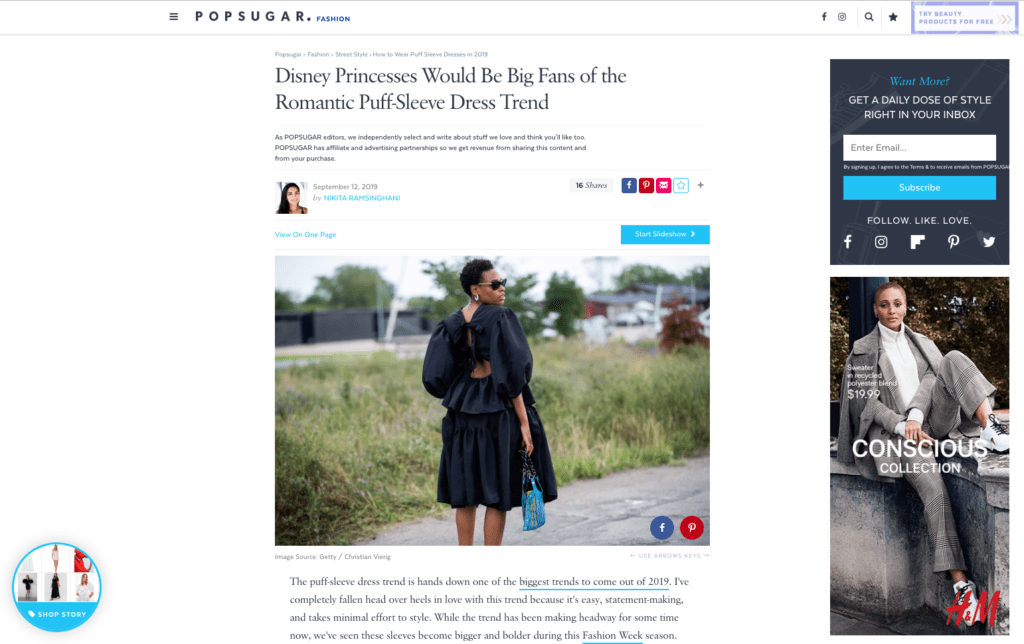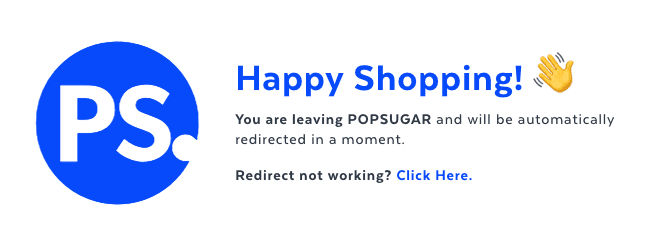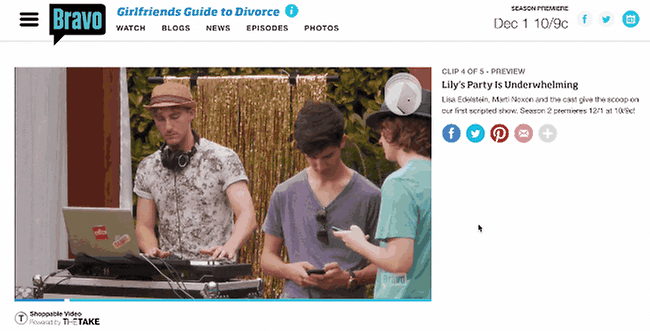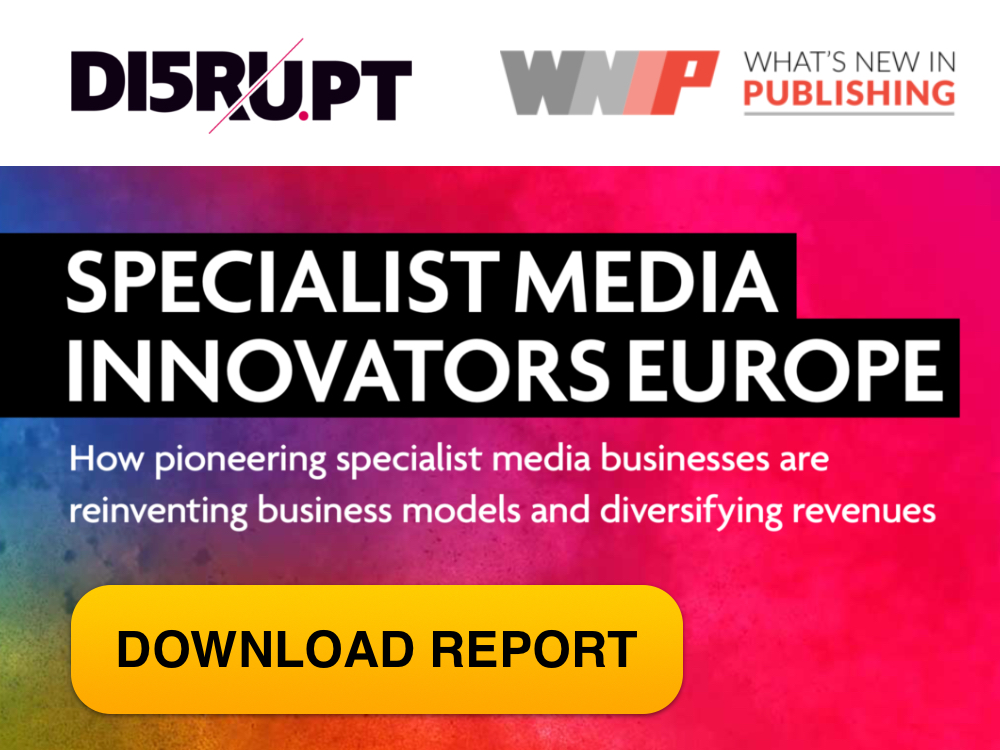|
Getting your Trinity Audio player ready...
|
As part of WNIP’s series based around our Publisher’s Guide to Ecommerce report, Damian Radcliffe explores how publishers are taking eCommerce to the next level with direct purchasing opportunities.
“In simple terms,” explains Styla, a Content Experience Engine, “shoppable content is any type of content (i.e. videos, articles, images, etc.) that provides a direct purchasing opportunity and allows consumers to either add products to cart directly from what they are viewing, or be taken to a product page and continue to shop from there.”
This functionality has been rapidly taking off on the major social networks, with Pinterest, Facebook, Instagram and Snapchat all in this mix. And, although retailers have led the way here, publishers are also exploring the potential for this type of user experience.
Buy what you’ve just seen
POPSUGAR, for example, allows you to “shop the story.”
Accessible via a widget in the bottom left hand corner of certain articles, clicking on this button takes you through to a page where you can see all of the items featured in the article. You can then click on any given item to be taken – offsite – to the retailer selling the product in question. (This sequence is shown below.)




Mind the gap
According to POPSUGAR Insights, part of “The Bakery,” (POPSUGAR’s in-house, full-service creative resource), “67% of millennial women wish that they could take advantage of the benefits of shoppable content and instantly purchase the products they see in digital content, such as articles, photo galleries, or videos.”
“The promise of shoppable content is to shorten the gap and allow consumers to turn inspirations directly into action by purchasing the products they see mentioned or displayed within the content itself. Shoppable content reduces the friction and creates a seamless and positive experience for the consumer.”
Given this demand from consumers, it is clear that the lines between social, eCommerce and editorial are going to become increasingly blurred. perhaps more blurred than ever. As shoppable content gathers momentum, more and more outlets will explore the potential for telling stories with eCommerce with touchpoints baked into them.
This feature in NET-A-PORTER, which explores the Conrad Rangali, in the Maldives, which concludes with a “What to Pack” selection at the bottom where consumers can purchase or add items to a wishlist, is not a new format for travel and lifestyle publications. But the ease of migrating from reading to purchasing the items being highlighted is greater than ever.
Video and the power of “touch”
Unlike these earlier examples, however, the next iteration of shoppable content will include more interactivity and video, rather than being image and text-led.
“Brands and publishers can [already] optimise content in line with consumer’s navigation, for example, marketers can aggregate their stylish Instagram feeds, YouTube videos, and fashion blogs into a mobile content marketing experience with clickable content based on the consumer’s interests,” writes Linda Tan, Consumer Insights Director, Worldwide, at Zenith.
“Now that advertisers have made their images shoppable, video should be the next logical next step,” she says.
“The power of video for shopping is undeniable: 87% of fashion brands are creating video content and generating transaction rates that are at least 1.6 times higher than for static images (according to McKinsey’s research in 2015). However, we still see most advertisers using video as a traffic tool, rather than a way to drive conversions with shoppable video or content related to this.”
Tapping into this potential, therefore, is an opportunity for publishers and brands alike. And just as we’ve seen Target creating social video for media brands, media companies must more actively explore the opportunity to harness their expertise in creating video content for retailers. If they don’t, they’ll miss out on this rapidly growing vertical.
We recently touched on Walmart’s plans for developing it’s Vudu video service, to enable viewers to purchase products featured in shows. Commenting on the service earlier in the year, as an example of how video shopping is likely to evolve, MarketWatch noted that “details were scant… but one executive said pop-up windows are being tested for purchases, and ads would be targeted with viewer preferences in mind.”
It’s a move that others, such as Bravo TV, have previously pioneered, with clips and curated product guides – linking through to online retailers – which allow audiences to get fashion inspiration from on-screen characters.

Although not everyone is excited about this potential investors have been looking at interactive video – and the ability to tie this to eCommerce – for some time. Fast Company highlighted the work of Cinematique back in 2015, a company focused on “touchable video.”
“No need to reach for your smartphone to search for an actress or piece of clothing you just saw; one tap automatically tells you about the actress or how to purchase that shirt she’s wearing,” they wrote. “Imagine a future where every video is touchable, and every time you tap a person, place, or thing, you’d automatically be served up more information on whatever piqued your interest.”
Although the company now appears to be closed, the potential for the formats they were developing lives on.
Looking Ahead
What these examples show is three things:
Firstly, publishers are exploring opportunities to make it as easy as possible to buy products that you have just been reading about.
Secondly, these types of transactions may be a mix of on, or off-site, but either way it is NOT just retailers and publishers who want to embrace this opportunity; consumers also want this more seamless experience.
Finally, this type of interactivity is being integrated across both static (text/photo) content, as well as video.
The growth of voice assistant and voice search offers another potential frontier too – how soon before you can buy a Casper mattress without ever visiting a website, once you’ve heard a promo code for it on your favourite podcast?
In each instance, the goal is the same, to reduce the friction between the consumer experience and thereby increase the potential to engage audiences in eCommerce activity.
By doing this, publishers, content creators, and retailers, alike all hope to take their eCommerce efforts to the next level. We can fully expect each of these groups to explore these types of opportunities in 2020 and beyond.



